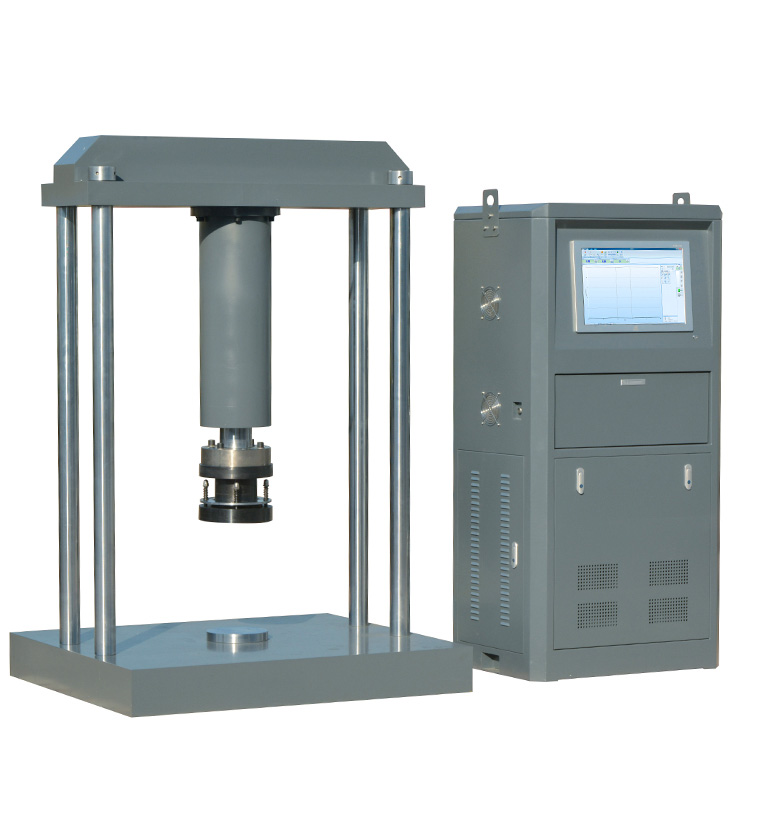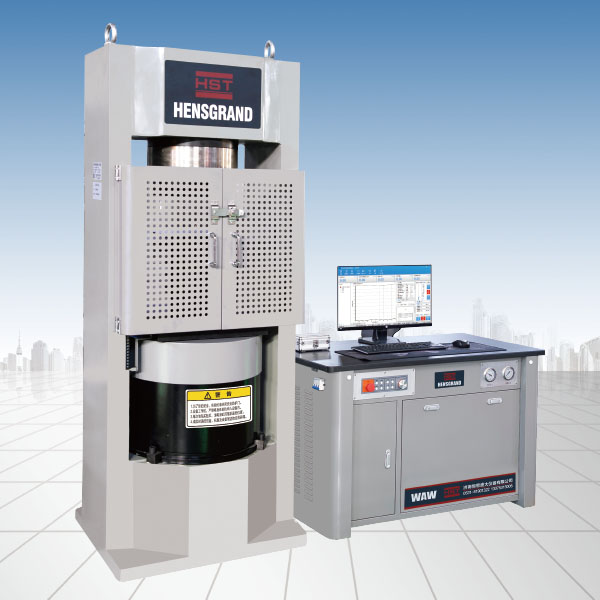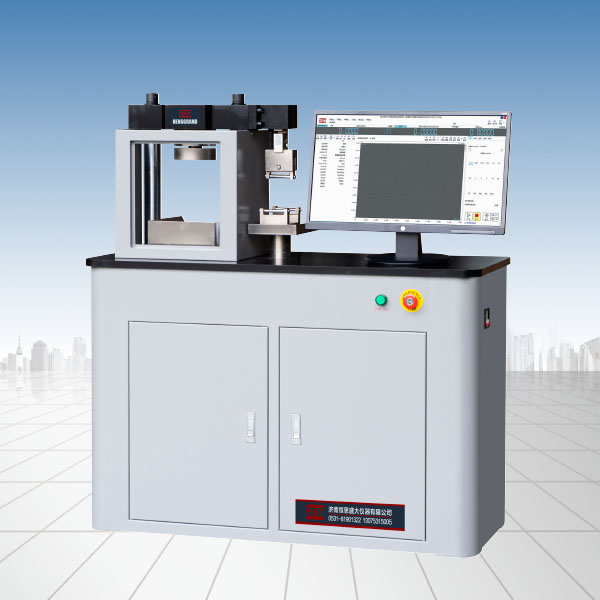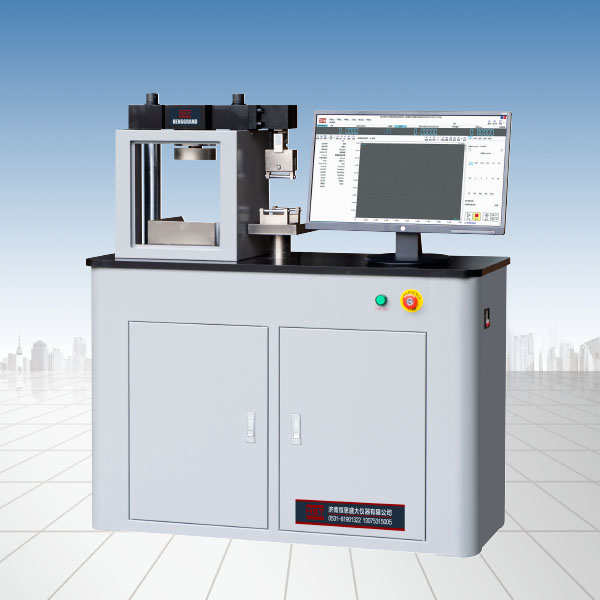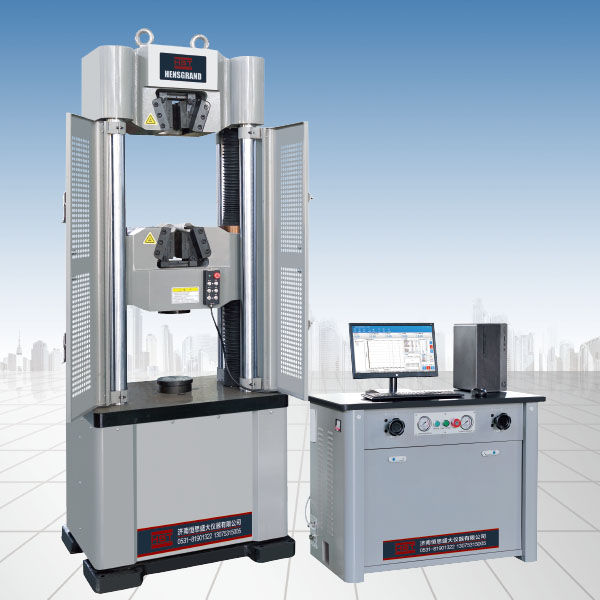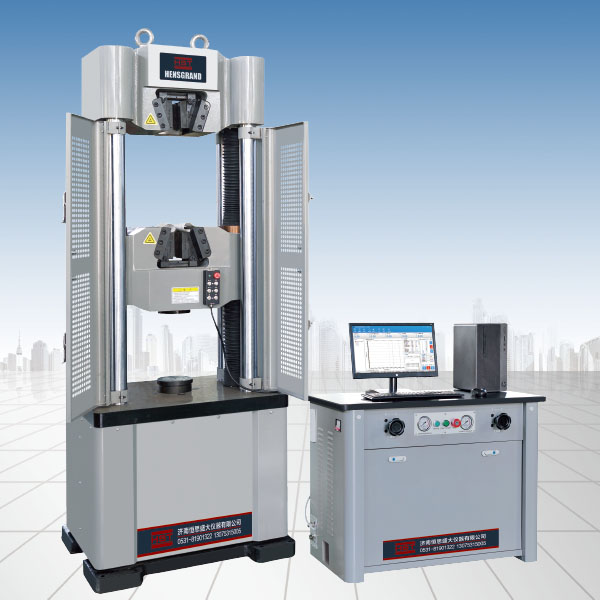Company News
Some precautions for hardness meter
Release time:2018-11-23 source:Jinan Hengsi Shanda Instrument Co., Ltd. Browse:
1. Before loading, check whether the loading handle is placed in the unloading position. The movement should be light and steady when loading, and do not use too much force. After loading, the loading handle should be placed in the unloading position to avoid the instrument being in a load state for a long time, plastic deformation will occur, affecting the measurement accuracy.
2. The hardness meter itself will produce two kinds of errors: one is the error caused by deformation and movement of its parts; the other is the error caused by the hardness parameters exceeding the specified standards. For the second error, the hardness meter must be calibrated with a standard block before measuring. For the calibration results of Rockwell hardness meter, the difference is within ±1. A stable value with a difference within ±2 can be given a correction value. When the difference is outside the ±2 range, the hardness meter must be calibrated and repaired or replaced with other hardness test methods to determine it. Each scale of Rockwell hardness has a de facto scope of application and must be correctly selected according to regulations. For example, when the hardness is higher than HRB100, the HRC scale should be used for testing; when the hardness is lower than HRC20, the HRB scale should be used for testing. Because when it exceeds its specified test range, the accuracy and sensitivity of the hardness meter are poor, the hardness value is inaccurate, and it is not suitable for use. Other hardness testing methods also stipulate corresponding calibration standards. The standard block used for calibration hardness meter cannot be used on both sides, because the hardness of the standard and back sides may not be consistent. Generally, the standard block is valid within one year from the date of calibration.
2. When replacing the indenter or anvil, be careful to wipe the contact area clean. After replacement, test with a steel sample of certain hardness several times until the hardness value obtained twice in succession is the same. The purpose is to tighten the indenter or anvil with the contact part of the tester and make good contact so as not to affect the accuracy of the test results.
4. After the hardness meter is adjusted, no test point is used when starting to measure hardness. Because I was afraid that the sample and the anvil would not come into contact with it well, the measured value was inaccurate. After the characteristics test is completed, the test sample will be formally tested after the hardness meter is in normal operation mechanism state and the measured hardness value will be recorded.
5. For specimens with complex shapes, pads of corresponding shapes must be used, and they can be tested after being fixed. The round specimens should generally be placed in a V-shaped groove for testing.
6. When the specimen allows, generally select different parts to test at least three hardness values, take the average value, and take the average value as the hardness value of the specimen.
Recommended productsPRODUCTS


















